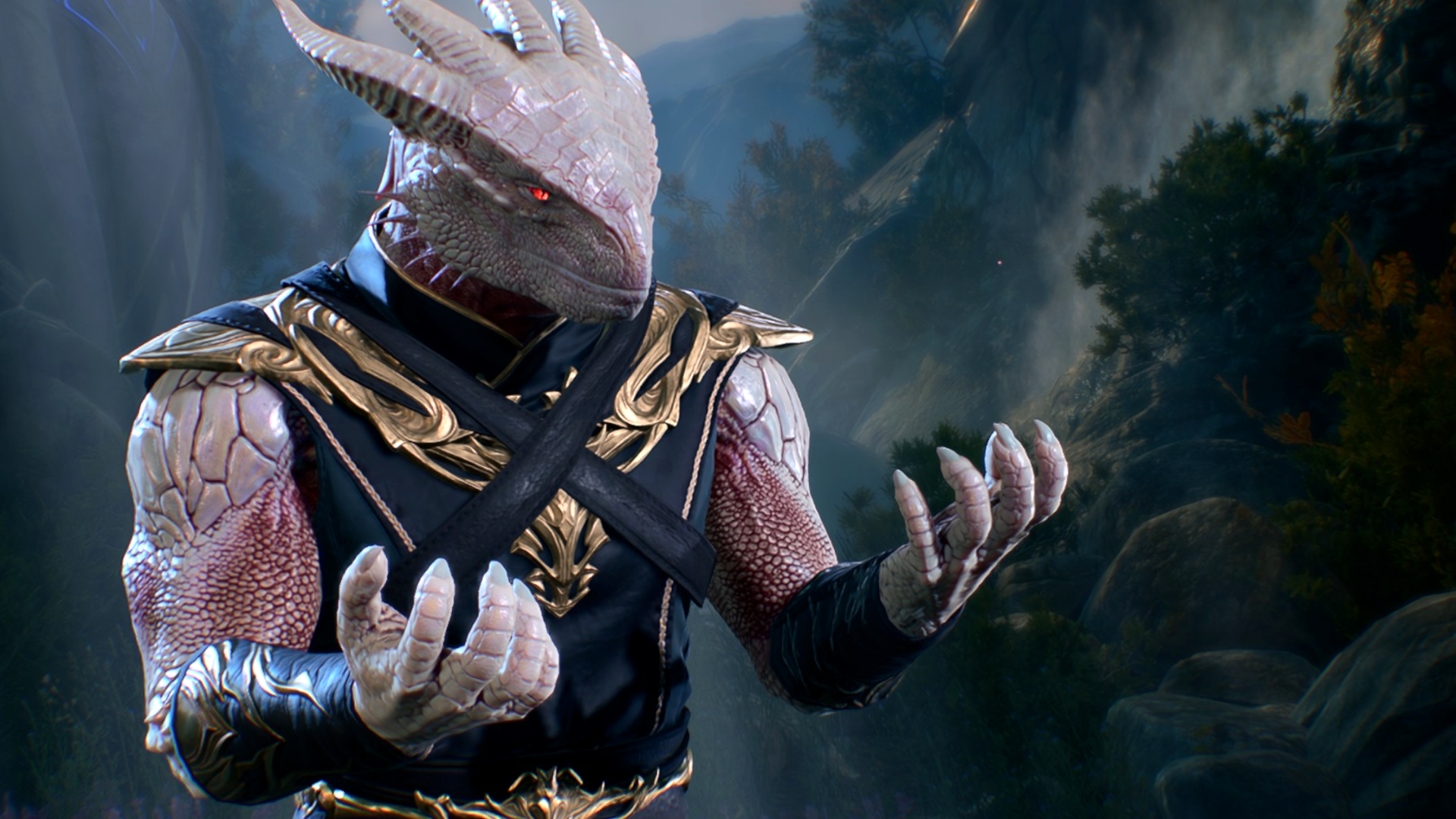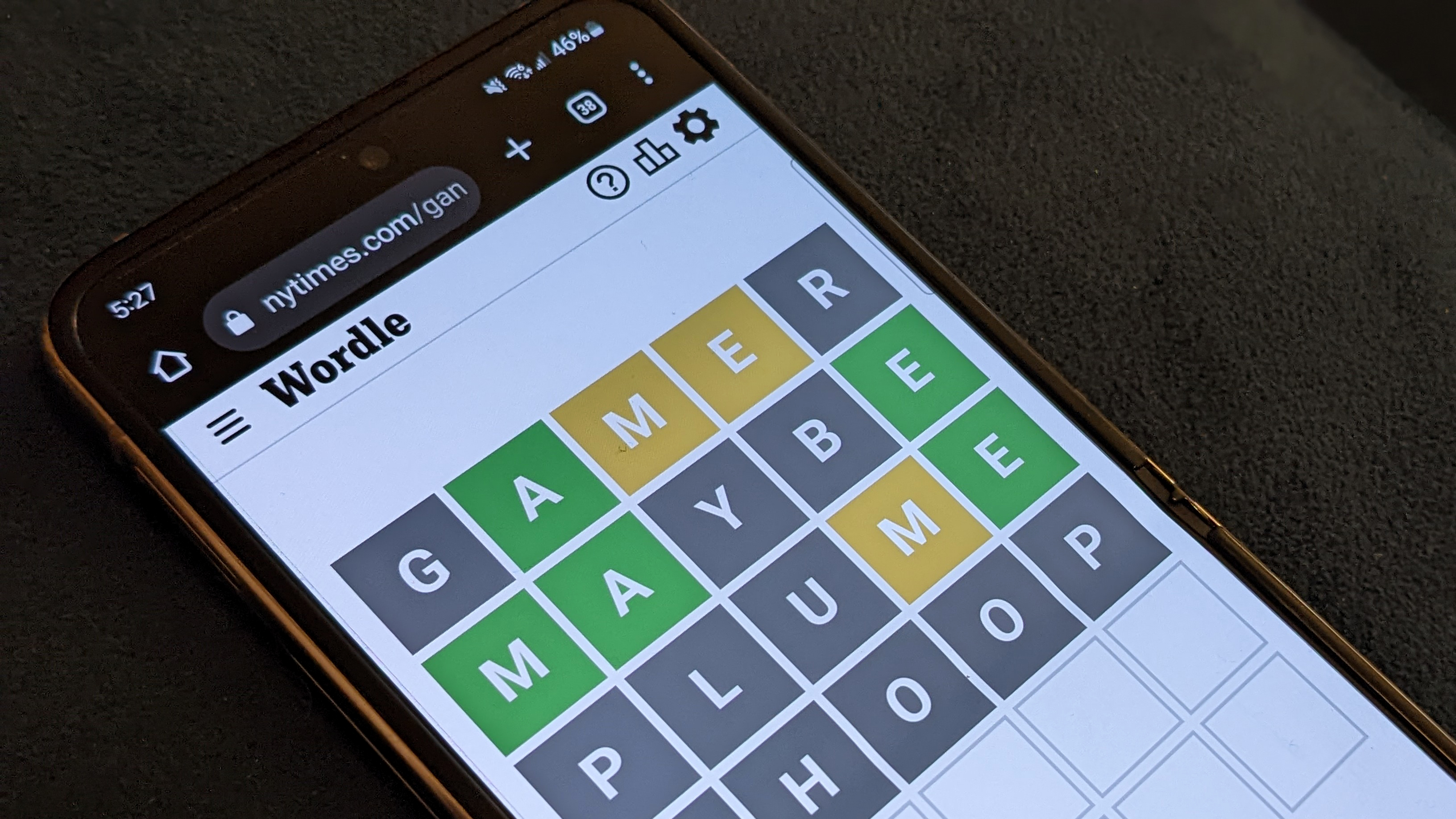
Not my favorite gaming experience.
Before the disaster that was Stadia, Google demoed its game streaming tech via a free version of Assassin’s Creed: Odyssey you could play in your browser. My fiancée has fond memories of whiling away slow nights at work playing this massive triple-A game on a crummy library OptiPlex.
Whatever came after with Stadia and game streaming in general, that demo felt like black magic. If a genuinely impressive tech demo can lead to a notorious industry flop, what about a distinctly unimpressive one?
What are the ethics of expending massive amounts of capital, energy, and man hours on not even a worse version of a game from 30 years ago, but a vague impression of it? These are the questions I pondered after having gotten motion sickness playing a game for the second time in my life with Microsoft’s Copilot AI research demo of Quake 2.
“This bite-sized demo pulls you into an interactive space inspired by Quake II, where AI crafts immersive visuals and responsive action on the fly,” reads Microsoft’s Q&A page about the demo. “It’s a groundbreaking glimpse at a brand new way of interacting with games, turning cutting-edge research into a quick and compelling playable demo.”
This demo is powered by a “World and Human Action Model” (WHAM), a generative AI model “that can dynamically create gameplay visuals and simulate player behavior in real time.” Perusing Microsoft’s Nature article on the tech, it appears to operate on similar principles to large language models and image generators, using recorded gameplay and inputs for training instead of static text and imagery.
This demo is not running in the original game’s id Tech 2 engine. However Microsoft produces this demo, it’s some kind of bespoke engine with an output that resembles Quake 2 because the AI model behind it was trained on Quake 2.
I’m reminded of those demakes of Doom for Texas Instruments calculators, but instead of marshalling limited resources to create an inferior impression of a pre-existing game, the Copilot Gaming Experience is the result of Microsoft’s (and the entire tech industry’s) herculean push for generative AI.
I don’t know what the discrete Copilot Gaming project costs, but Microsoft has invested billions of dollars into compute, research, and lobbying for this technology. On Bluesky, developer Sos Sosowski pointed out that Microsoft’s Nature paper lists 22 authors, as opposed to the 13 developers behind Quake 2.
Based on the paper, Sosowski also estimated that Microsoft’s new model required more than three megawatts of power to begin producing consistent results. That’s assuming use of an RTX 5090, which Microsoft likely did not have access to given the timing of the paper’s publication, but it’s still helpful to get an idea of the scope of this project’s power draw. According to battery manufacturer Pkenergy, a single megawatt requires 3,000-4,000 solar panels to produce.
Despite all of that investment, the demo is not good. The Copilot Gaming experience runs like a slideshow in a tiny window at the center of the browser, its jerkiness and muddled, goopy visuals—familiar to anyone who’s seen an AI-generated video—gave me a rough case of motion sickness after bare minutes of play. The only other game to ever have set my belly a rumblin’, EvilVEvil, did so closer to the hour mark.
2025 games: Upcoming releases
Best PC games: All-time favorites
Free PC games: Freebie fest
Best FPS games: Finest gunplay
Best RPGs: Grand adventures
Best co-op games: Better together
And while chatbots will tell you to eat rocks and drink piss, the Copilot Gaming Experience has its own fun “hallucinations”—the surreal, unnervingly confident errors produced by generative AI models that massive amounts of money, compute power, and uninhibited access to copyrighted material can’t seem to address.
Looking at the floor or ceiling at any time in the Copilot Gaming Experience has about an 80% chance of completely transforming the room in front of you, almost like you teleported somewhere else in the level.
Of course, there is no “level,” goal, or victory condition: The Copilot Gaming Experience is just constantly generating a new Quake 2-like bit of environment in front of you whenever you turn the corner, with what came before seemingly disappearing as you go.
One such warp moment sent me to the Shadow Realm, a pitch black void out of nowhere which took some finagling to get out of. There are “enemies,” but when I killed one it just deformed into some kind of blob. Then I walked past it, turned around, and the hallway had completely changed, taking the blob with it.
Like so much of generative AI or the blockchain boom before it, I can imagine the “Well, it’s just a WIP, first step type of thing” defense of what I was subjected to, but I’m just not convinced. Whatever specific compelling use cases may exist for generative AI tools, that’s not what we’ve been aggressively sold and marketed for the past two years and counting, this insistence of cramming it into everything. Google Gemini is now constantly asking if I want its help writing, like some kind of horrible, latter-day Clippy.
Forced mass-adoption of this stuff by consumers is here, now, demanding our approval, attention, and precious time. A public tech demo exists to impress, and the Copilot Gaming Experience does not. Doom on a calculator, but we had to boil a lake or two to get it and are being told it’s the future of games. I reject this future. Not only do I find it philosophically and ethically repugnant, it also made my tummy hurt.




